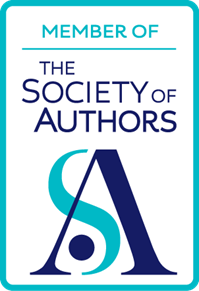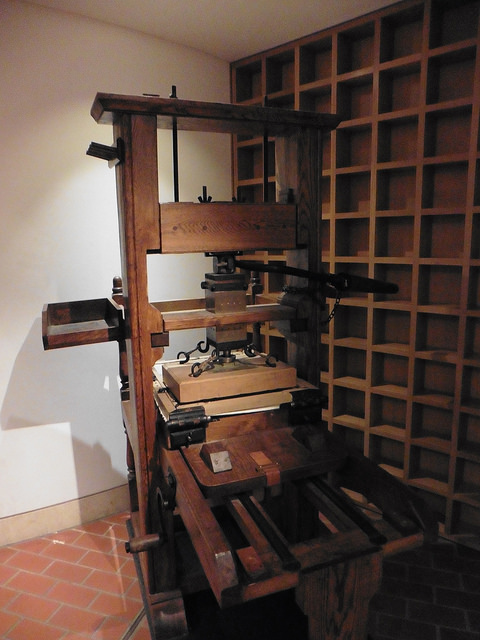As a writer I think it’s important to understand the wider aspects of one’s craft. For that reason I’m reading a fascinating book called The Written World, which is about this history of writing. I thought I’d supplement it by attending a course on the history of printing.
Taken by Julian Walker at the Bishopsgate Institute in London, it was only a five session evening course, but it packed a lot in. The final session took place partly at the British Library, and Julian demonstrated how the printing presses worked. He also guided us through some of the beautiful pages in the early days of printing.
I understand the course will run again soon, but if you are not fortunate enough to be able to get to it, you can see how an augmented reality simulation of it, designed for children by the London Grid for Learning, works. Look at this video, and go to 00:42. The clip lasts only for around 20 seconds, but it gives you a good idea of how it worked.
Incidentally, although I won’t be covering printing in my forthcoming course for writers, In will be discussing various ways in which writers can explore areas which are not ostensibly relevant for their needs, but which can really fire up the writer’s imagination. More details below.
If you found this article interesting, you may also be interested in a course I’m teaching at the City Lit in March 2019. Called The journalist's toolkit: from inspiration to publication, it covers a range of useful ideas, programs and apps. For example:
How can you find writing work?
How can you record ideas really quickly from your phone into a spreadsheet?
How can you keep track of deadlines?
What websites are especially useful for writers?
Which blogs are worth reading?
What books are worth buying?
It’s a one day course on 9th March, and you can find out more here:

